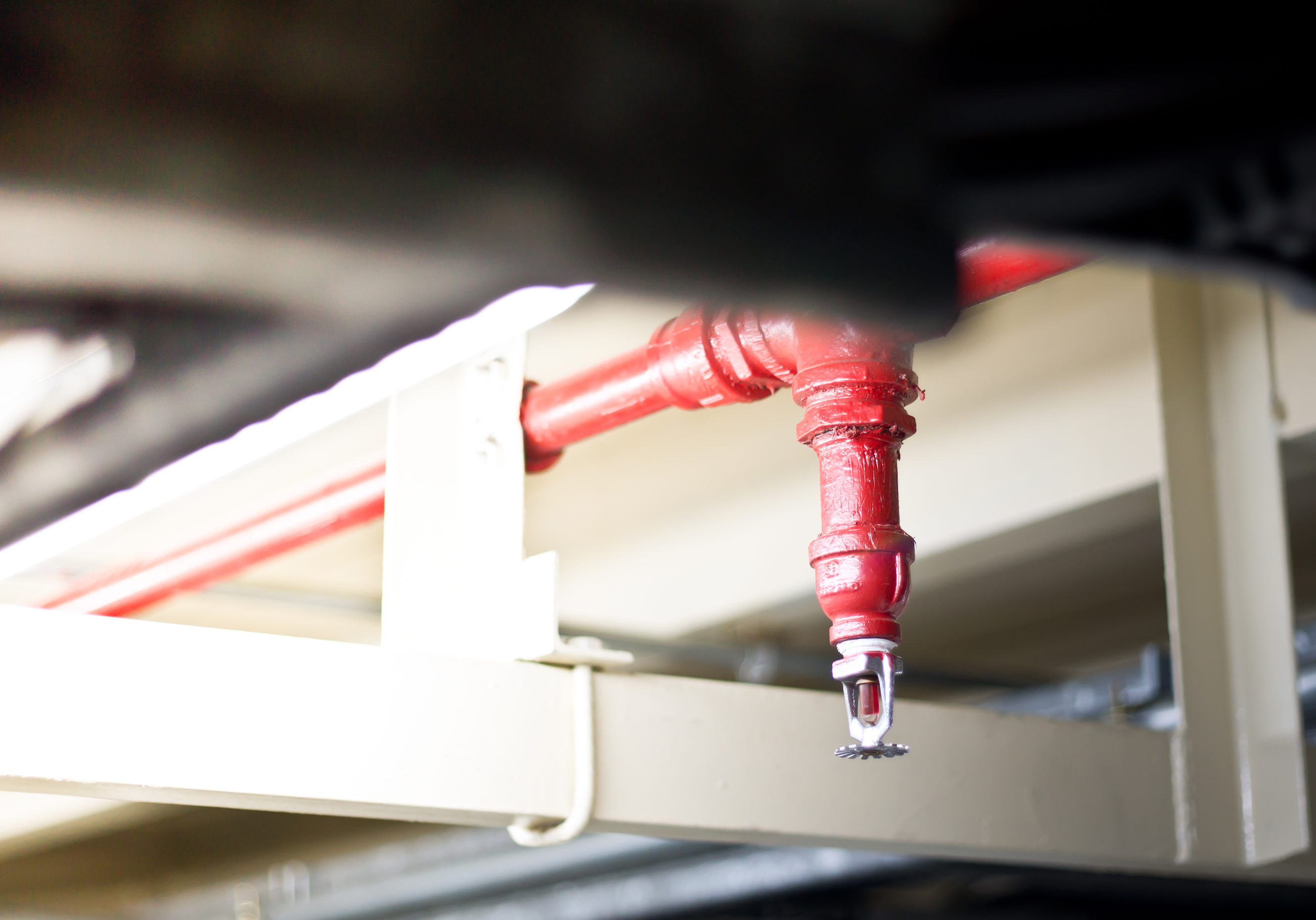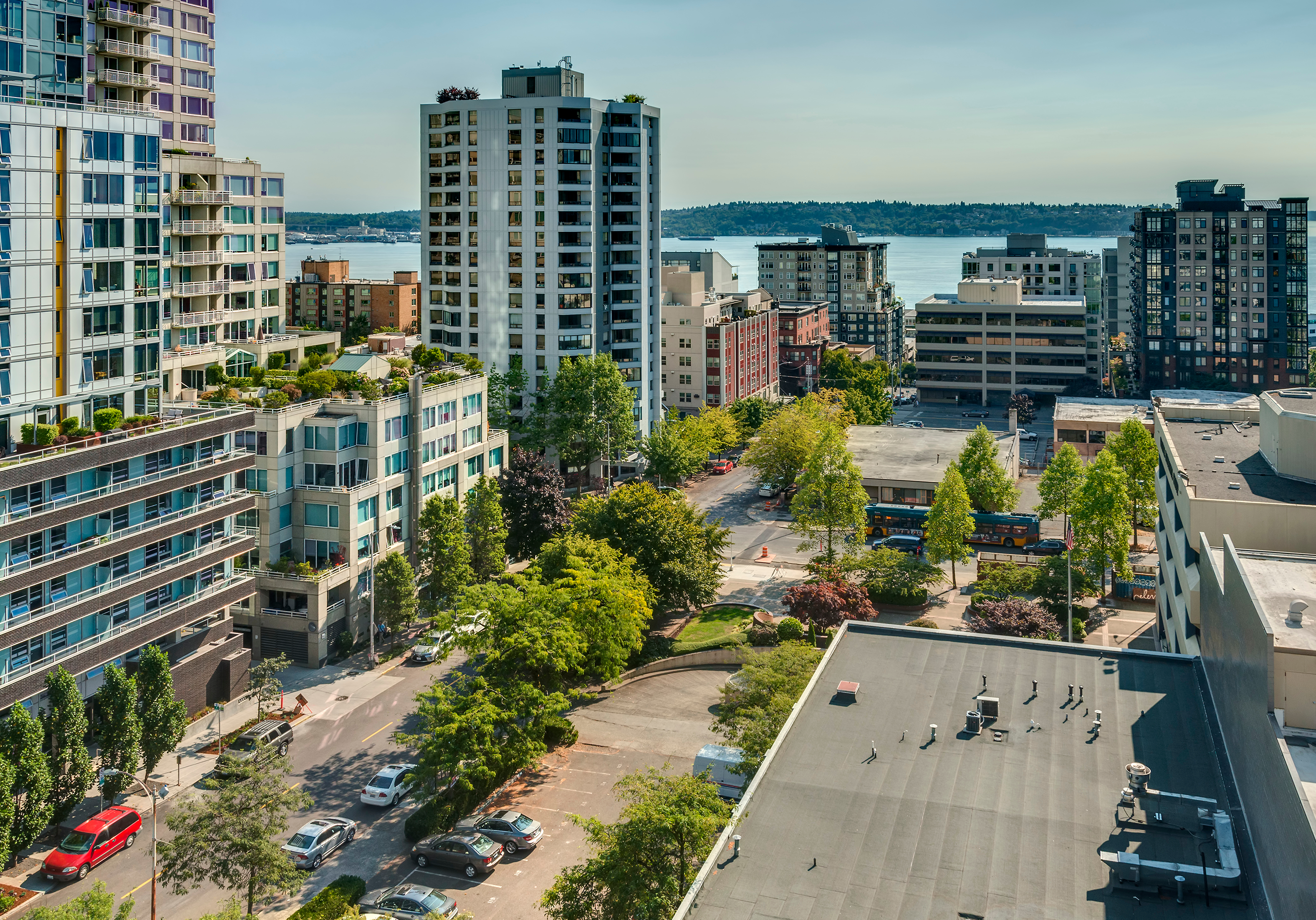What does WSRB look for when evaluating automatic sprinkler systems? What are the most common reasons for loss of credit? These questions go hand in hand and can be answered by looking at the top 10 reasons sprinkler systems lose credit.
- No “As-Built” plans are available, a common issue for older buildings that have changed ownership over the years.
- No maintenance or deferred maintenance and testing. Inadequate maintenance could cause a sprinkler system to fail.
- The system is not designed for current occupancy. As occupancy changes or tenants move in and out of a building, the sprinkler system could be inadequately designed for the occupant type.
- Storage is higher than the system’s designed capacity. High-piled storage presents unique fire suppression problems. Storage heights need to be maintained at a level that the sprinkler system is equipped to handle.
- Sprinkler heads are blocked due to inadequate flue space. Flue space is the clear line of sight from the floor to the ceiling. Flue spaces are a critical component of sprinkler system standards. If adequate flue space and distance from sprinkler heads are not maintained, they impede the effectiveness of the system.
- The system is turned off. We cannot give credit to a system that is not operational.
- Unsprinklered areas, including the space below roll-up doors and canopies, spray booths, below raised floors, walk-in coolers, office additions, and attic space.
- Fire Department Connections (FDC) are not covered. Uncovered FDCs can collect refuse, animal nests or debris that can impede water flow.
- No outside control valve. An outside control valve should be present for use by the fire department during a fire.
- System designed for life safety purposes only. A system designed for life safety is not adequate to protect the building and its contents. It is designed only to ensure the safety of the personnel/inhabitants while escaping a fire.
Related:
WSRB's Essential Guide to Commercial Property Risk Assessment
As part of WSRB’s No Sprinkler Left Behind program, we now grant sprinkler credit to some buildings that were denied in the past. Read more about our No Sprinkler Left Behind initiative to see if your building qualifies.












